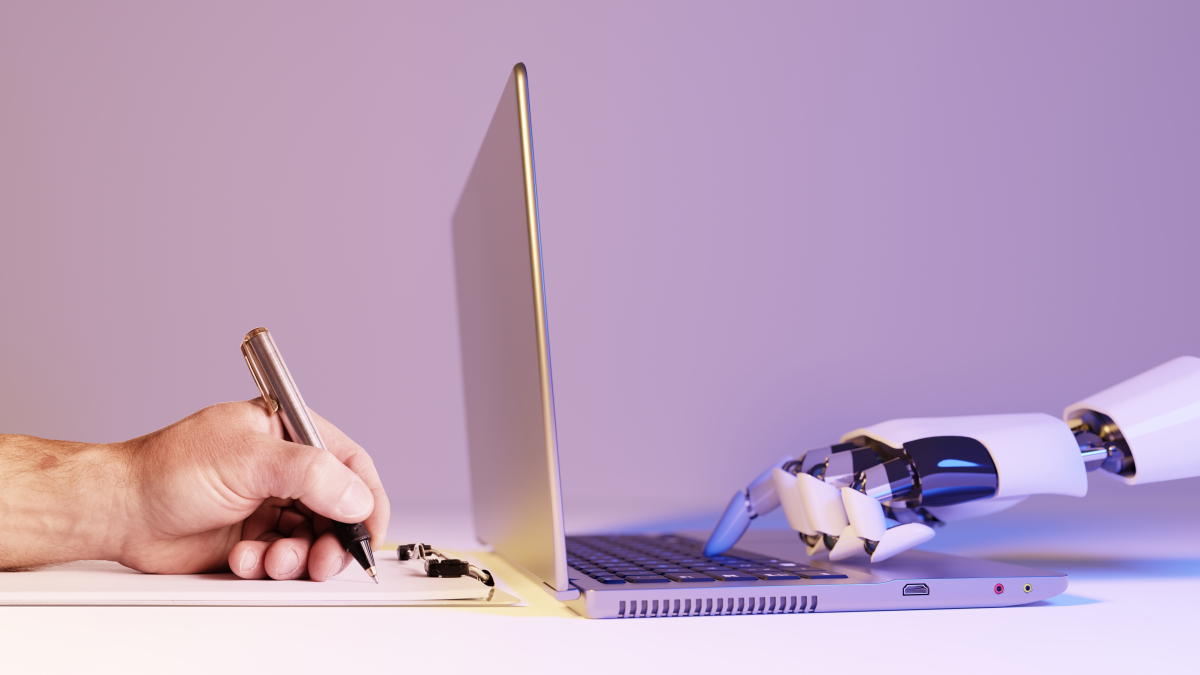Understanding English, image classification, visual reasoning, i.e. making thought processes intelligible and visible: these are the things where AI applications greatly outperform humans. But there are also areas where humans still clearly outperform machines. This year shows what these are Artificial Intelligence Index Report From Stanford University.
Status quo: Planning, logical reasoning, and advanced mathematics as a challenge to artificial intelligence
It is now Amnesty International's seventh report Stanford Institute for Human-Centered Artificial Intelligence It has been published and, as the authors write, is the largest to date “in size, scope and reach.” In total, 51 relevant machine learning models were published by companies in 2023, 15 by research institutions and 21 developed collaboratively.
Editorial recommendations
In 458 pages, scientists summarize the status quo regarding currently available models and the studies conducted on them. It also addresses the question (which can be read in Chapter 2, Technical Performance) of where corresponding programs perform better than humans and where they do not.
Test subjects won the battle of human versus machine, especially at “more complex tasks,” for example in “advanced mathematics, logical reasoning, and planning.” However, AI models have managed to score points when it comes to understanding English, visual reasoning processes, and image classification.
Working with AI pays off, but training costs money
The different strengths of humans and machines suggest the possibility of coexistence, and the fact that these could be worthwhile is also clear from the report. Several evaluated studies show why collaboration between humans and machines can be attractive to companies: “AI makes employees more productive and leads to higher quality of work” and helps bridge the gap between more and less educated workers.
However, training AI models currently represents a significantly increasing cost factor: “According to AI Index estimates, the costs of training state-of-the-art AI models have reached an unprecedented level. For example, OpenAI's GPT-4 machine consumed an estimated About 78 million [US-]$ of computing power for training, while Google's Gemini Ultra costs $191 million in computing power.
What people think about artificial intelligence: Tensions are rising
The report's authors note a dramatic change in people's attitudes toward artificial intelligence. In a cited survey from 2023, about 52 percent of those surveyed said they were concerned about AI applications — the previous year it was just 39 percent. In addition to the tension, regulation is also increasing: in the United States, there were “25 AI-related regulations” in 2023, and in 2016 there was only one.

“Total coffee aficionado. Travel buff. Music ninja. Bacon nerd. Beeraholic.”







More Stories
NASA: Hubble enters safety mode again
“Austria is turning into a political gravedigger”
Malaria mosquito appears in Italy | Nachrichten.at